Salmon Varieties: A Complete Guide to Salmon
This post may contain affiliate links. Read full disclosure.
There are 6 common salmon varieties on the market. King, Coho, Atlantic – what’s the difference? Let’s talk all things salmon!
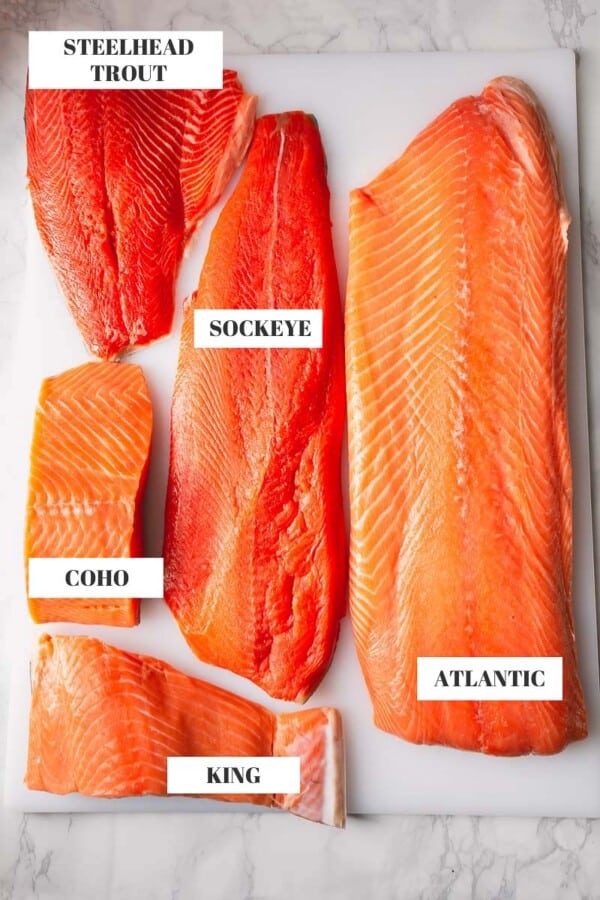
Table of Contents
Ever noticed different labels on salmon and wonder what are the differences? Well, let’s take a look at each of these varieties and learn which salmon variety worth your money!
Not long ago, I had no idea about different varieties of salmon. Salmon is salmon, I thought. Oh how wrong I was!!!
Recently, we signed up for a seafood subscription box, and they sent us 2-3 varieties of salmon. I was intrigued and taste tested them all. Then I tried them side by side, and OMG, what a game-changer it was!!!
It turns out I used to buy Atlantic salmon, which is farmed salmon. The least flavorful one! Now imagine, how pleasantly surprised I was after trying wild King salmon!!! I felt like I was robbed all the amazing salmon experiences I could have had. 🙂
Wild vs Farmed Salmon
Now, let’s first address wild vs farm salmon, and what is the difference.
Most wild salmon are Pacific salmon, and are caught in a natural environment like oceans, lakes, and rivers. Wild-caught salmon are more nutrient and mineral rich than farmed salmon thanks to their rich natural diets. Specifically, wild-caught salmon has higher omega-3 levels.
Tip
All Alaskan salmon are wild salmon, because Alaska banned fish farms. (Source)
And on other hand, there’re fish farms that raise salmon in a controlled environment. Farmed salmon are fed with high fat and high protein diet to produce larger fish. Also, farmed salmon has lighter color than wild salmon.
Tip
All Atlantic salmon on the market are farmed salmon. (Source)
In my experience, wild-caught salmon is 10x better tasting than farmed salmon! And there’re different varieties of wild salmon to satisfy every palate!
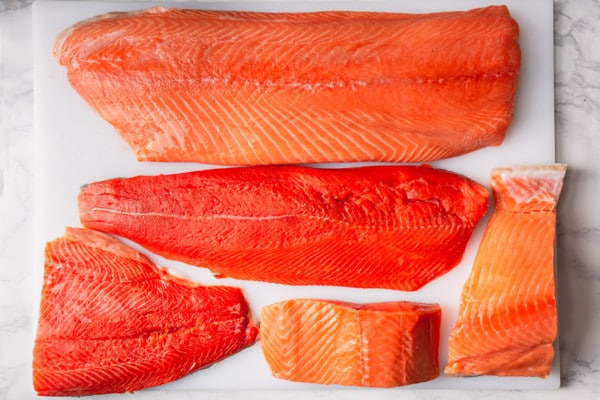
Wild Salmon Varieties
Now, let’s talk about the nitty gritty of different varieties of salmon. There’re 5 Pacific salmon types, and each of them have unique characteristics.
- King Salmon (Chinook) – Rich and buttery, King salmon is the highest in fat and omega-3 fatty acids. Due to its large size (average King salmon weighs about 40lbs, and some are even over 100lbs!), it comes in thick filets! And since they’re rare species, they’re quite expensive. It totally worth the splurge though!
- Coho Salmon (Silver) – Coho salmon have delicate texture and subtle flavor. This type of salmon has moderate amount of fat, but it’s still rich in omega-3 fatty acids.
- Sockeye Salmon (Red) – Sockeye salmon are slimmest salmon, therefore they have lower fat content than King and Coho salmon. And it has the most salmon-y flavor (fishy, in the best way!). Due to its unique diet, there’s no farmed version of Sockeye. Plus, it’s more affordable than King and Coho salmon, which makes it the most popular choice among salmon lovers!
- Pink Salmon (Humpback) – These pale pink colored, small salmon are mild in taste and low in fat. They’re mostly processed into cans, but they’re also available frozen.
- Chum Salmon (Dog) – Chum salmon is also small, low fat salmon. They’re the most popular for their egg roe, those beautiful bright orange balls served with sushi! If you’ve ever had ikura sushi, then you’ve tasted a part of chum salmon. Fun fact: The name of this type of salmon comes from their dog-like teeth.
There’s one more wild salmon species: Atlantic. However, as mentioned above, all Atlantic salmon on the market is farmed salmon, because wild Atlantic salmon are now rare species.
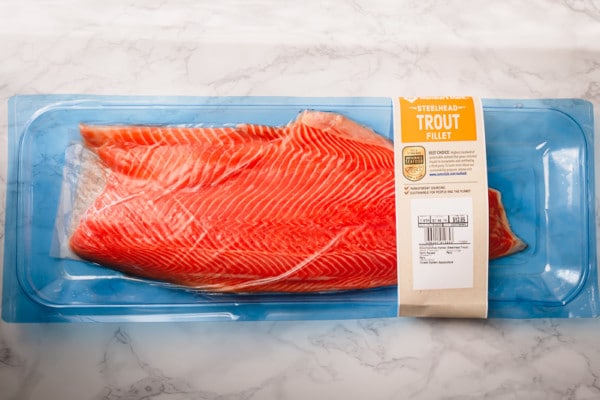
What is Steelhead Trout?
Ok, before we wrap up this post, I want to mention one more species that is very close to salmon – steelhead trout.
Steelhead trouts are related to rainbow trouts, but behave like Pacific salmon. Rainbow trouts (small, white fish) remain in fresh water for their entire life, but steelhead trouts travel into the ocean, similar to salmon.
Steelheads are a bit less fatty and more affordable than salmon.

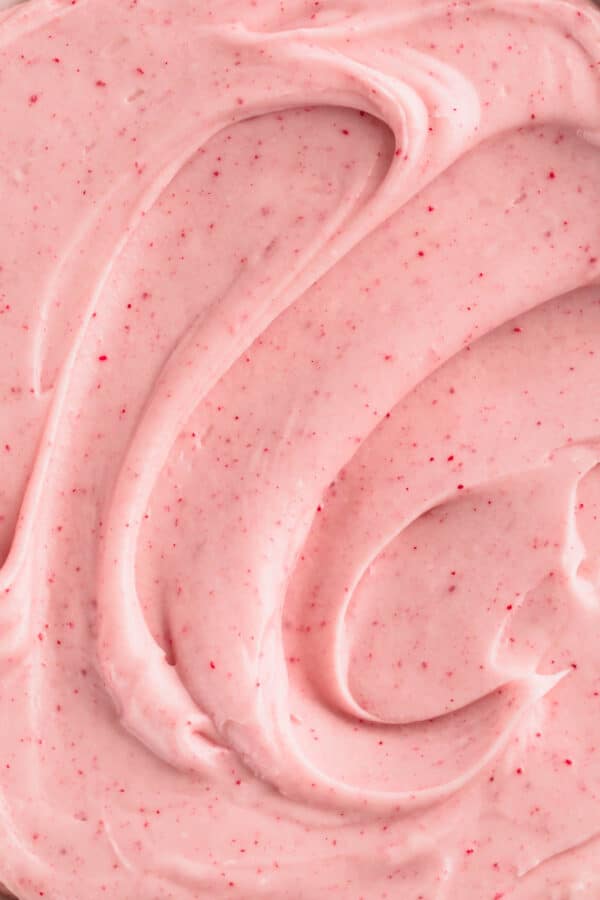
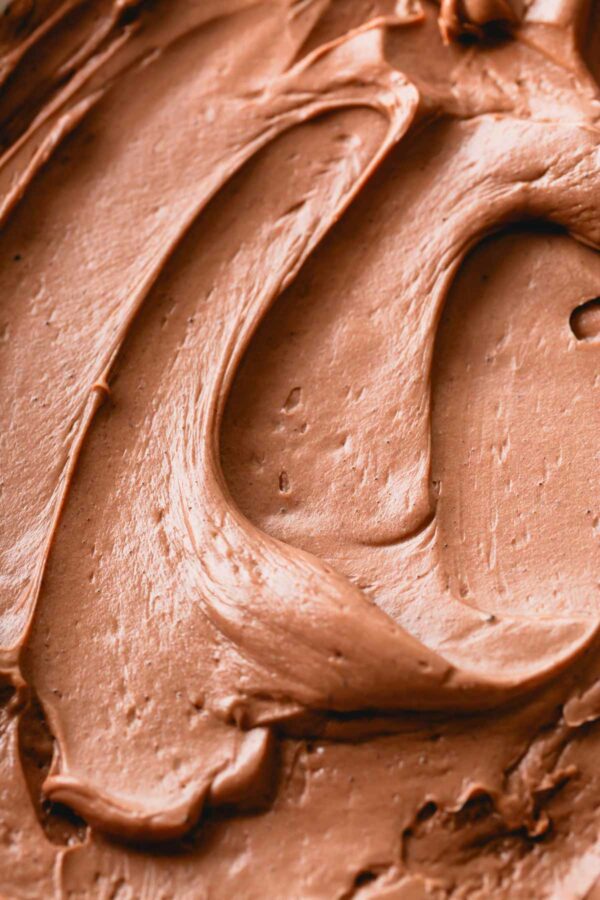
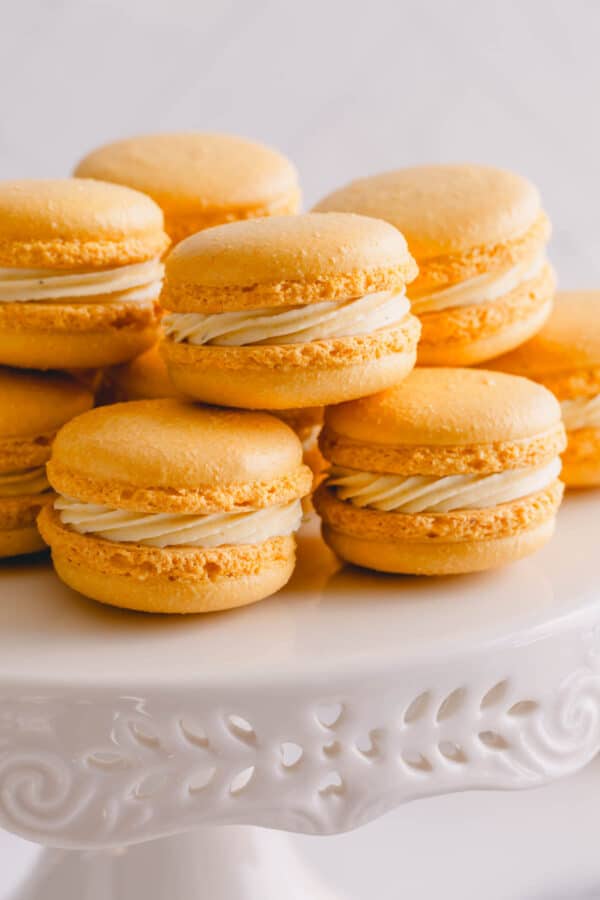
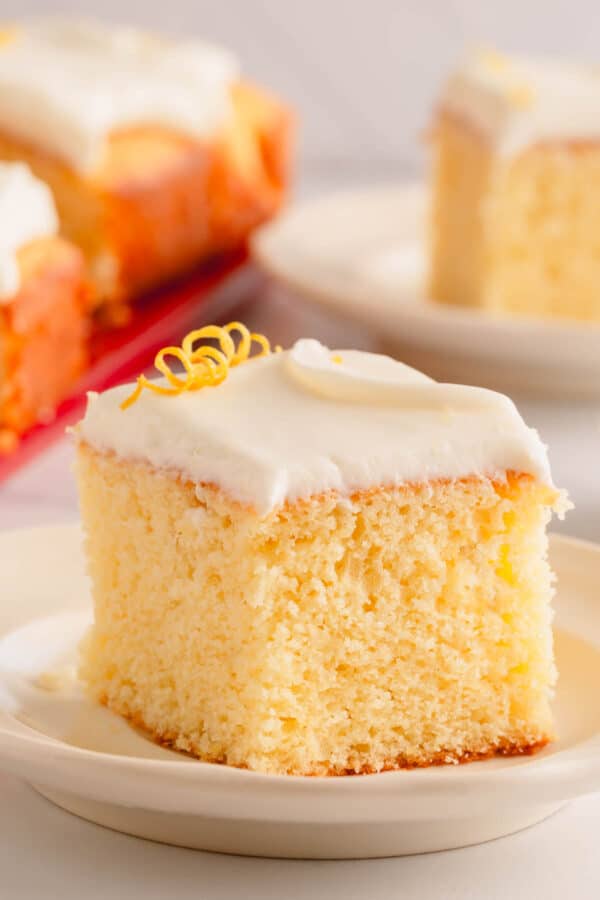

What about KETA salmon?
What if one is gluten, free grain free and sugar free, can you still alter these recipes?
Interesting. Just as a note King salmon and coho salmon are also available farmed, they’re some of BC’s largest exports
Hi, there! Yes, you’re correct. All salmon variety except for sockeye salmon can be farmed.
A great enlightenment about salmon and the differences
Thank you for your feedback!
You should mention that the color of farmed Salmon is determined by the fish farm. The breeder orders the color dye they would like their fish to be and the selected dye color is added to the salmons food. There is NOTHING NATURAL about a farmed fishes cat food like pelleted food.
Hi, James. Thanks for sharing this info! I had no idea!! I’ll definitely research more on it now.